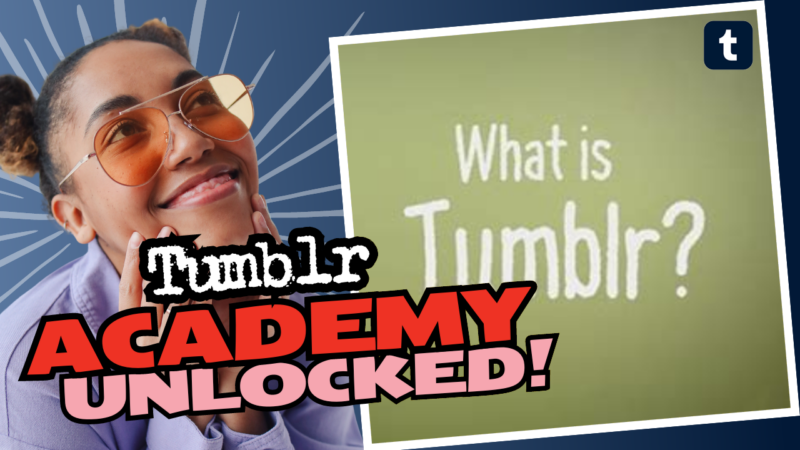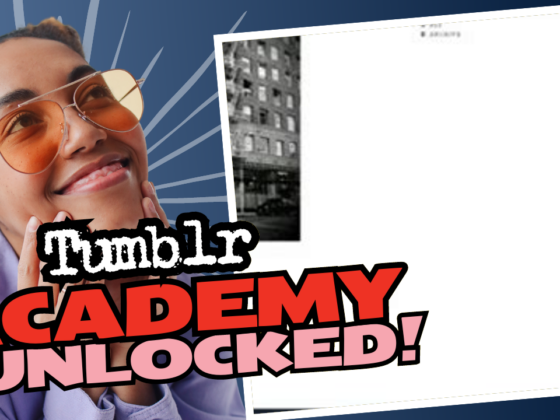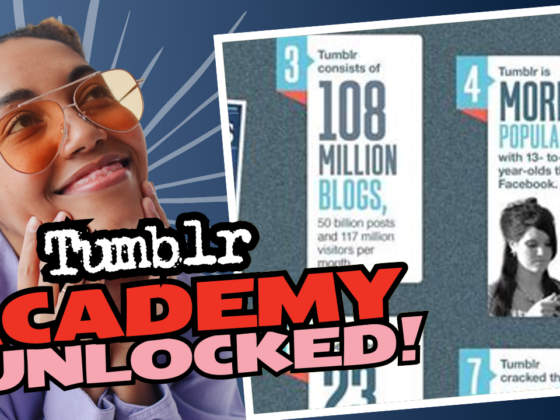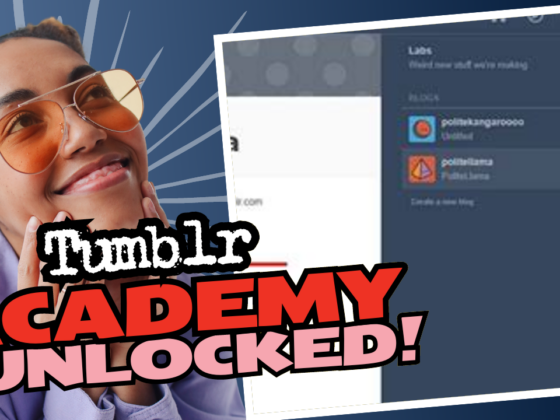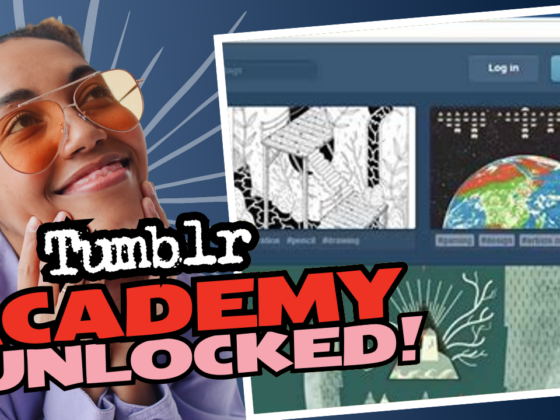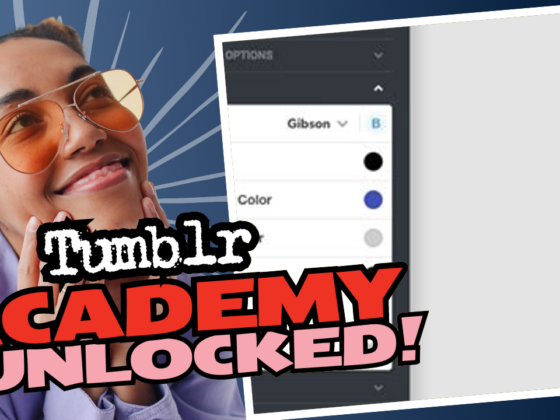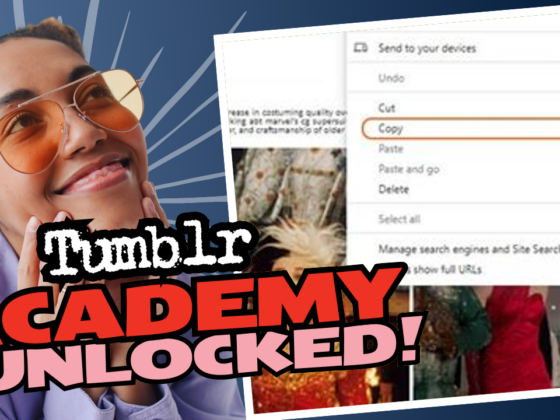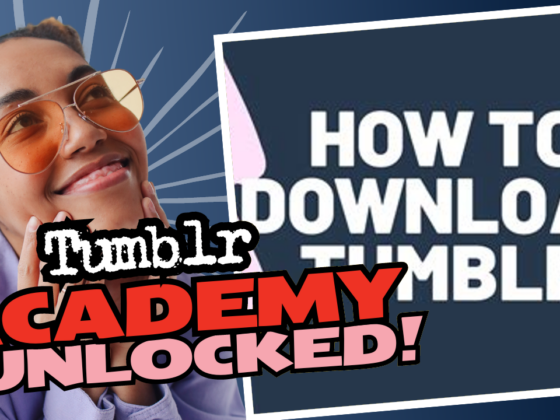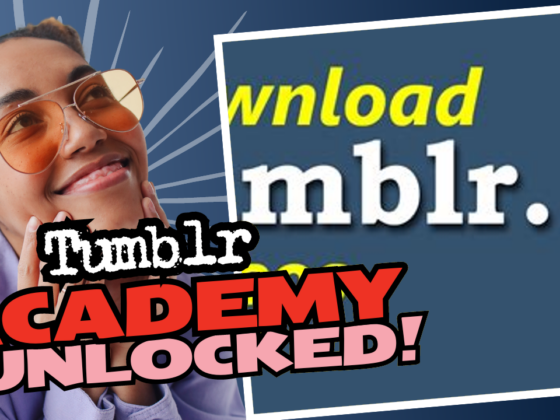What was Tumblr Mainly Used For?
Ah, Tumblr! The quirky, colorful, and ever-so-peculiar platform that had its golden age and subsequently transformed into something a bit… different. But let’s rewind a bit, shall we? Tumblr started as a blogging app that decided it didn’t want to fit into the neat boxes that other platforms created. Twitter was all about those snappy 140-character nuggets, and other sites like Blogger and WordPress invited you to write a novel on their virtual pages. Tumblr? It said, “Why not all of that in one glorious mashup?”
Imagine this: the ability to share fan art, GIFs, poetry, and memes, all under one roof! You could easily follow your interests, engage with a community as diverse as a bowl of M&M’s (minus the blue ones), and discover content tailored to your whims. You see, what made Tumblr stand out was its unique blend of multimedia, its ability to catalogue anything from quotes to 10-minute cat videos, and its nice little interface that encouraged just enough creativity without feeling like a chore.
However, like a good plot twist, life threw a curveball. With the rise of smartphones, Tumblr fell victim to the same fate as many other social media sites, becoming yet another platform overflowing with poorly-cropped screenshots and endless reposts. Once a sanctuary for enthusiasts of every possible interest—yes, including niche hobbies and unique adult content—its landscape changed dramatically.
After a series of ownerships that could make your head spin, including a $1.1 billion purchase by Yahoo and subsequent mismanagement (really, who thought banning all adult content was a good idea?), Tumblr’s vibe began to dwindle. Users jumped ship like it was the last lifeboat on the Titanic, and the once vibrant community started feeling eerily ghostly.
But don’t count it out just yet! While it may seem like Tumblr is now a shadow of its former self, it’s still alive and kicking. Many users appreciate its chronological feed (that is a breath of fresh air compared to the chaos of algorithm-driven timelines), and the community has still managed to hold onto its charm. Writers, artists, and activists flock to Tumblr, finding their niche in the madcap environment that allows for creative expressions without the burden of real-life identities.
So, to sum it all up: Tumblr was mainly used for sharing creativity, diving into fandoms, and connecting with like-minded individuals—before it went through a sort of existential crisis that still leaves some users scratching their heads (and others desperately avoiding its transformed landscape).
If you’re itching for more insights or have questions about what Tumblr was and how users interact with it today, feel free to live connect with us! We’ll help you navigate this quirky nostalgia trip.

